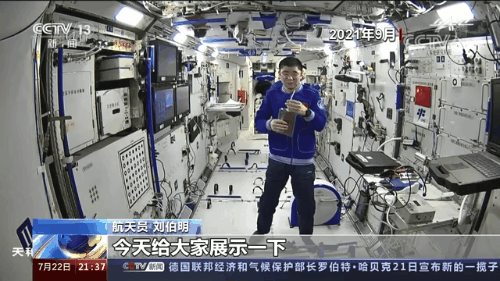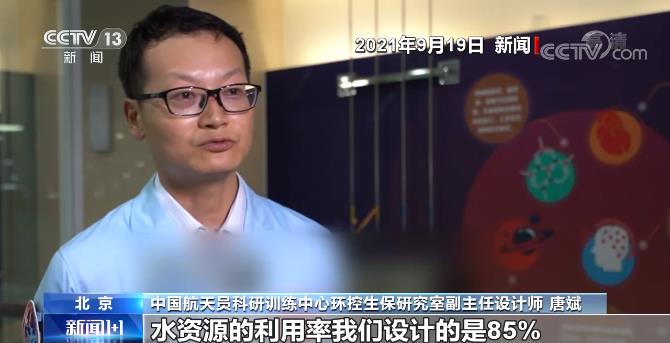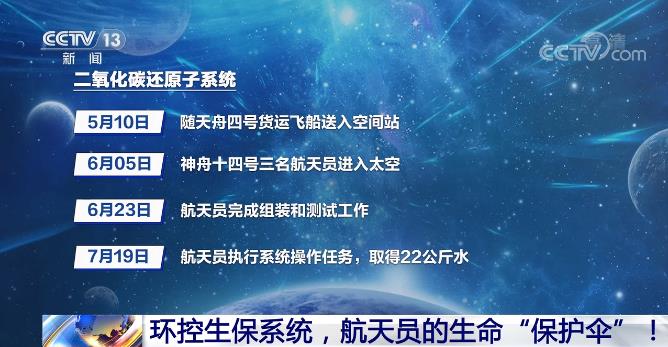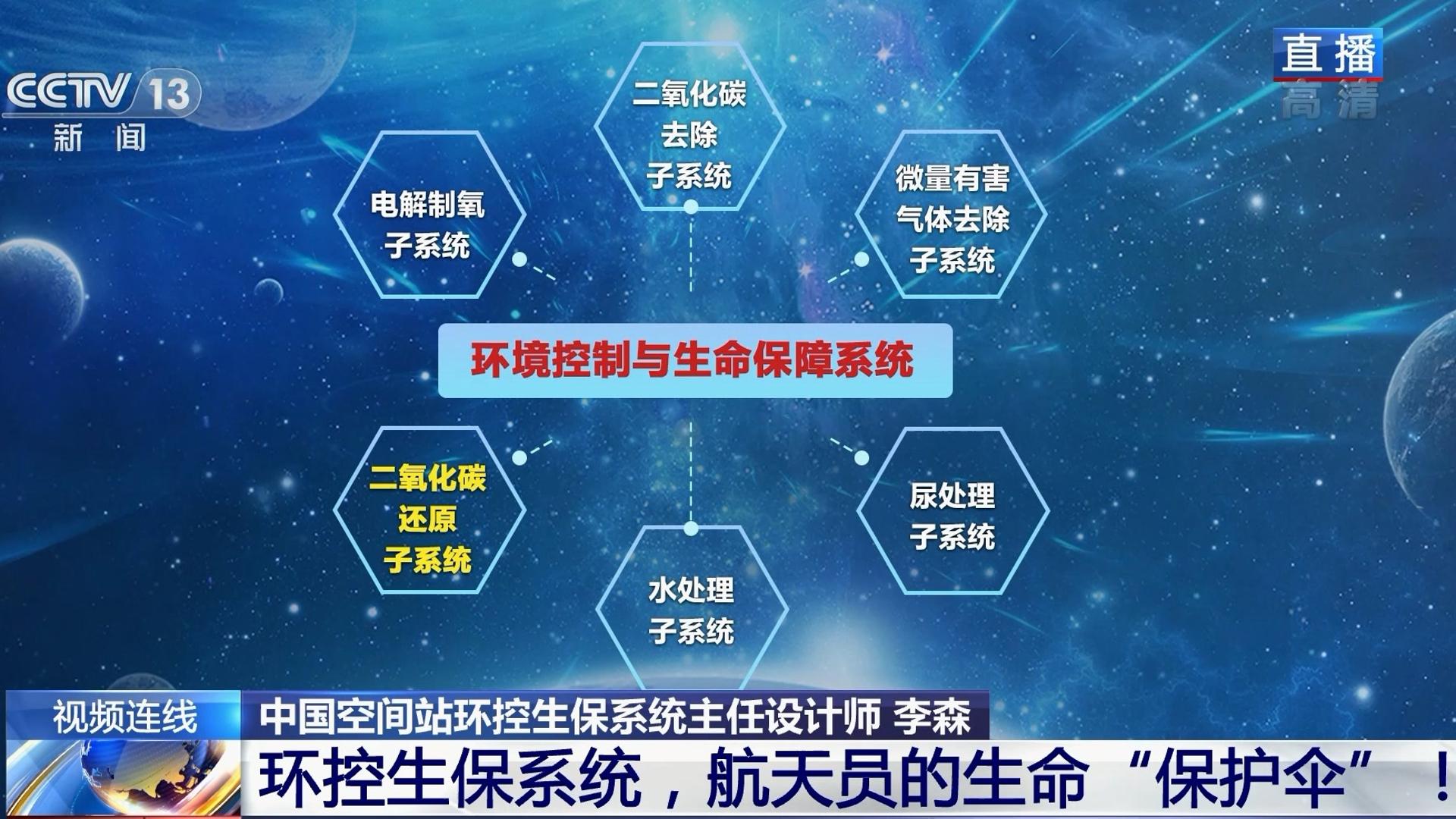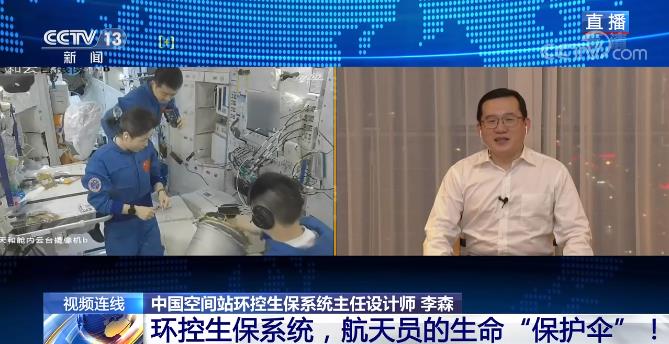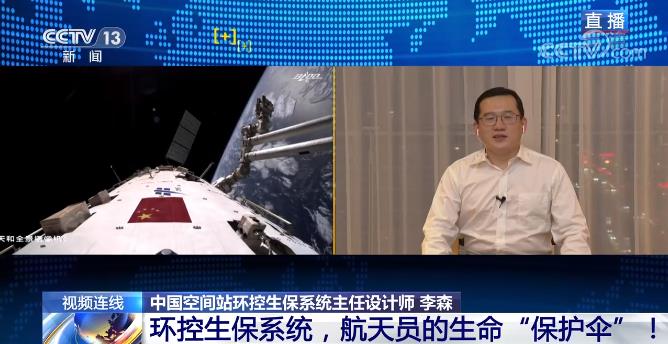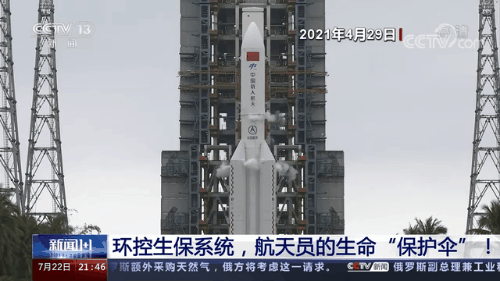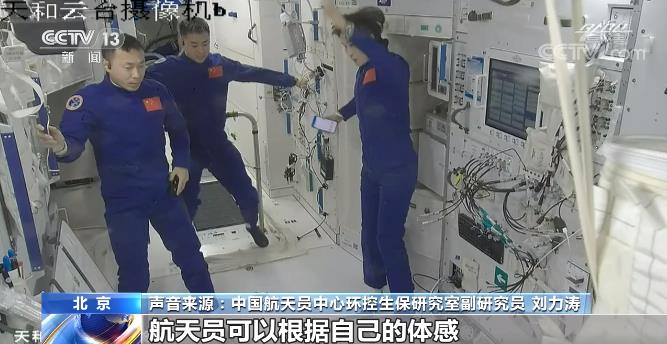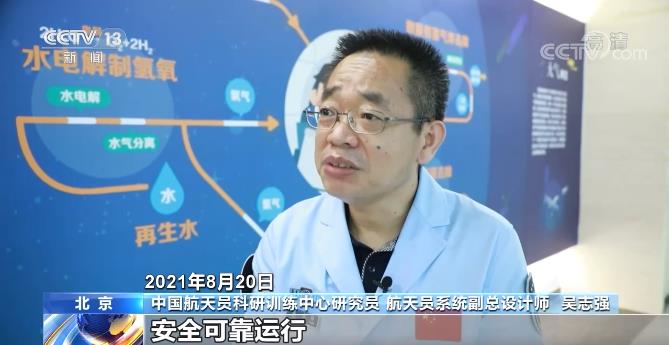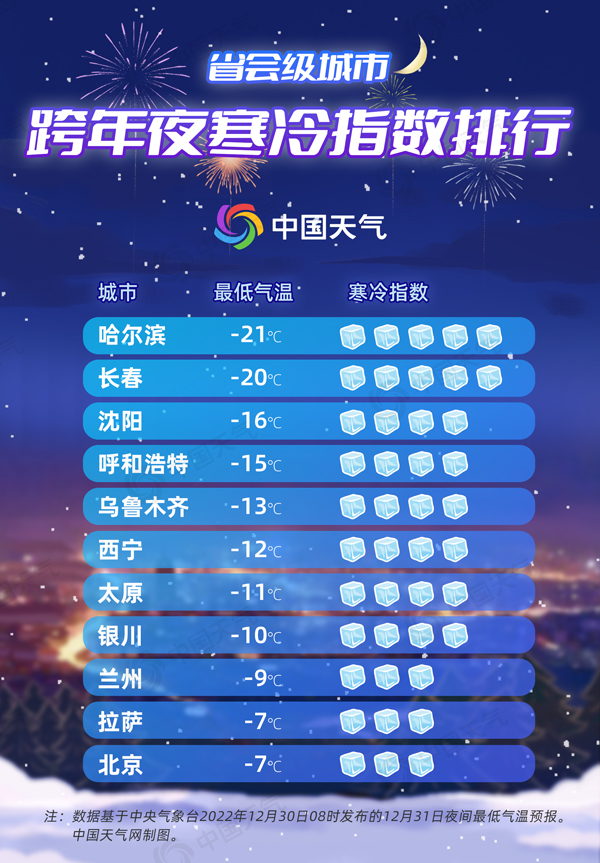China Banking and Insurance Regulatory Commission plans to stipulate that banking financial institutions should control the actual use of credit card funds and not use them for repayment of loans, inv
On December 16th, China Banking and Insurance Regulatory Commission, China issued a public consultation announcement on the Notice on Further Promoting the Standardized and Healthy Development of Credit Card Business (Draft for Comment). The opinion draft pointed out that banking financial institutions should take effective measures to monitor and control the actual use of credit card funds in a timely and accurate manner. Credit card funds shall not be used for repayment of loans, investment and other fields, and it is strictly forbidden to flow into areas restricted or prohibited by policies. The number of long-term sleep credit cards that have not been actively traded by customers for more than 18 consecutive months and the current overdraft balance and overpayment are zero shall not exceed 20% of the total number of cards issued by the institution at any time, except for credit cards with additional policy functions issued by banking financial institutions as required by policies and regulations. Banking financial institutions exceeding this ratio may not issue new cards.
Attached to the original:
Notice on Further Promoting the Standardized and Healthy Development of Credit Card Business (Draft for Comment)
This circular is formulated to standardize the credit card business, implement the management responsibilities of banking financial institutions and their cooperative institutions, improve the quality and efficiency of credit card services, protect the legitimate rights and interests of financial consumers, adhere to the people-centered development idea, and promote the credit card industry to develop with high quality to better support scientific and rational consumption.
First, strengthen the management of credit card business
(1) [Strategic Management] A banking financial institution shall formulate a prudent and steady credit card development strategy, which shall be reviewed and approved by the board of directors or senior management of the institution, and shall be continuously and effectively implemented and regularly evaluated and improved. Banking financial institutions shall reasonably formulate the annual management objectives and plans of credit cards in strict accordance with the development strategy.
(II) [Performance Appraisal] Banking financial institutions shall establish a scientific and reasonable credit card business performance appraisal index system and salary payment mechanism. The weight of compliance management indicators and risk management indicators should be significantly higher than other indicators. Banking financial institutions shall regularly assess and determine the positions and personnel scope that have an important impact on the credit card business risks, and implement strict management of deferred payment, delayed recourse and deduction of performance pay.
(III) [Asset Quality Management] Banking financial institutions shall strictly implement the credit card asset quality classification standards and identification procedures, and comprehensively, accurately and timely reflect the asset risk status. Strengthen the analysis of asset quality migration trend, set risk early warning indicators, continuously and effectively identify, measure, monitor, warn, prevent and dispose of risks, accurately grasp the scale and structure of non-performing assets, and write them off in time according to procedures.
(IV) [Behavior Management] Banking financial institutions shall strictly implement the employee behavior management of credit card business, carry out continuous supervision and regular investigation, implement the whole process supervision of the business behaviors of important positions and key personnel, and establish and improve the accountability and recording mechanism for violations.
(V) [Staff Training] Banking financial institutions shall strengthen compliance training and consumer rights protection training for their employees engaged in credit card business, and the training time for each person shall not be less than 30 hours per year.
Second, strictly regulate the marketing behavior of issuing cards.
(VI) [Card Issuance Management] Banking financial institutions shall not directly or indirectly take the number of cards issued, the number of customers, market share or market ranking as single or main assessment indicators.
Banking financial institutions should continue to take effective measures to prevent risks such as fraudulent card handling and excessive card handling. Set the maximum number of cards issued for a single customer. Strengthen the dynamic monitoring and management of sleep credit cards and strictly control the proportion. The number of long-term sleep credit cards that have not been actively traded by customers for more than 18 consecutive months and the current overdraft balance and overpayment are zero shall not exceed 20% of the total number of cards issued by the institution at any time, except for credit cards with additional policy functions issued by banking financial institutions as required by policies and regulations. Banking financial institutions exceeding this ratio may not issue new cards. The Bank of China Insurance Regulatory Commission (hereinafter referred to as China Banking and Insurance Regulatory Commission) can dynamically reduce the proportion limit standard of long-term sleep credit cards according to regulatory needs.
Banking financial institutions should respect the true wishes of customers when binding payment accounts and other accounts for credit cards, and provide unbinding services with the same convenience. If a customer applies for card cancellation, it shall complete the processing in time after confirming that there is no outstanding payment.
(VII) [Information Disclosure] Banking financial institutions should effectively strengthen marketing publicity and management when conducting credit card business. When concluding a credit card contract with a customer, we should strictly fulfill the obligation to prompt or explain the terms of interest, compound interest, fees, liquidated damages, and risk disclosure, show the annualized interest rate level to the customer in an obvious way, ensure that the customer pays attention to and understands the terms, and actively inform the customer of the consultation and complaint acceptance channels. When opening the online payment function of credit card for customers, we should fully fulfill the obligation of informing in advance, reach an agreement with customers on the terms of online payment, and obtain the customer’s confirmation and consent on the opening.
(VIII) [Sales Backtracking] Banking financial institutions shall actively take audio and video recording and other measures to completely and objectively record and save important sales link information such as credit card issuance, risk disclosure and information disclosure, so as to ensure that the recorded information is comprehensive, accurate, tamper-proof and traceable, and continuously meet the requirements of supervision and inspection by financial regulatory authorities and investigation and evidence collection by judicial organs in China. The recorded information should at least include: the valid identification materials of the credit card applicant, the financial status related to the credit card application, credit records, publicity and sales texts, signed credit card articles of association and contract (agreement), important tips and confirmation information, etc. The recorded information should be kept for at least 2 years after the end of the business duration with customers.
(IX) [Management of Marketing Personnel] No person may engage in the credit card issuance marketing activities of a banking financial institution without internal unified qualification certification. Banking financial institutions shall provide information inquiry methods for credit card marketers at their business outlets and electronic channels. Credit card marketers should present their work certificates containing the identity of the card issuer and personal work information to customers in advance, and inform customers of the information inquiry methods of credit card marketers.
(X) [Prohibited Behavior] Banking financial institutions shall implement strict management of credit card marketing behavior. Do not promise to issue cards or promise to give high credit; No fraud or false propaganda; Credit cards shall not be marketed by default check or forced bundling.
Third, strict credit management and risk control
(eleven) [credit audit] banking financial institutions should strengthen the credit audit of credit card customers, understand and analyze the credit status of customers through legal channels such as the basic database of financial credit information, implement necessary multi-dimensional cross-verification, independently audit and judge the identity of customers and identify the authenticity, integrity and timeliness of application materials. Customers who have multiple debt records in different institutions after investigation should be strictly examined to strictly guard against the risk of multi-head lending.
(XII) [Credit Management] A banking financial institution shall reasonably set the upper limit of the total credit line of a single customer according to the credit status, income status and financial status of the customer, and include the customer in all credit lines of the institution for unified management. Within the total credit line of credit card, the credit line of cash advance business shall not exceed the credit line of non-cash advance business.
Banking financial institutions shall conduct full due diligence on a single customer and conduct consolidated management on all credit card credit lines of the customer in other institutions. In the process of credit approval and credit line increase (including temporary credit line increase), the accumulated credit lines obtained from other institutions should be deducted from the total credit line of the customer’s own credit card, and the situation of new card issuing customers applying for credit cards from other institutions at the same time should be monitored and the corresponding credit line reduction should be implemented.
(XIII) Banking financial institutions shall implement strict and prudent dynamic management of credit line of credit card, and re-evaluate, calculate and determine the credit line of credit card customers at least once a year. For customers whose risk situation has obviously deteriorated, measures such as reducing the credit line should be taken in time. The customer who raises the credit line shall be re-approved for credit, and the credit line shall not be raised without the consent of the customer. Banking financial institutions shall strictly set the approval authority for raising the credit line, and reasonably set the range, frequency, time interval and validity period of the temporary increase of the credit line.
(XIV) [Risk Model] Banking financial institutions shall establish and improve the whole process management mechanism of credit card risk model development, testing, evaluation, application, monitoring, correction, optimization and withdrawal, ensure that the risk model development and evaluation links are independent of each other, and re-evaluate the risk model at least once a year and update and optimize it in time. When using the risk model provided by the cooperative organization, the principles of interpretability, verifiability, transparency and fairness shall be followed, and the responsibility of risk model management shall not be outsourced. The board of directors and senior management of banking financial institutions should understand the role and limitations of credit card-related risk models.
Fourth, strictly control the flow of funds
(XV) Banking financial institutions shall take effective measures to timely and accurately monitor and control the actual use of credit card funds. Credit card funds shall not be used for repayment of loans, investment and other fields, and it is strictly forbidden to flow into areas restricted or prohibited by policies.
(XVI) Banking financial institutions shall strengthen the monitoring and analysis of abnormal card use behaviors such as cashing and swiping, continuously optimize transaction monitoring rules, enhance early warning capabilities, and continuously and effectively prevent and control all kinds of fraud risks. Record and save credit card transactions and other information completely according to law, and continuously meet the requirements of supervision and inspection by financial regulatory authorities and investigation and evidence collection by judicial organs in China. If the transaction information that the acquiring institution should send is not received, it shall promptly inform the bank card clearing institution, the online payment clearing platform of non-bank payment institutions and other relevant institutions. For customers who confirm the existence of cash withdrawal, banking financial institutions should immediately take effective restrictive measures to control the risk of credit card funds.
Five, comprehensively strengthen the standardized management of credit card installment business.
(XVII) Banking financial institutions shall strictly regulate the management of credit card installment business. To handle installment business for customers, we should set up independent application, approval and other links in advance, fully disclose the nature of installment business, handling procedures, potential risks and liability for breach of contract in a concise and easy-to-understand way, and confirm the knowledge by customers in a legally effective way. A separate contract (agreement) shall be signed with the customer for each installment business, and it shall not be confused with or bundled with other credit card business contracts (agreements). If the credit card installment funds need to be transferred to the customer’s own account, it shall be transferred to his own bank settlement account except the credit card, and the amount and term shall be managed according to the cash advance business.
(XVIII) [Prohibitive Provisions] Banking financial institutions shall not re-stage the fund balance that has been staged, except for the personalized installment repayment agreement stipulated in the Measures for the Supervision and Administration of Credit Card Business of Commercial Banks. No minimum repayment service shall be provided for installment business. Do not only provide or check the option of charging full installment interest at one time by default.
(XIX) [Amount and Term] Banking financial institutions shall carefully set the amount and term of credit card overdraft by installment, and specify the minimum starting amount and the maximum amount of installment business. The term of installment business shall not exceed 5 years. If the customer really needs to apply for installment repayment for the cash advance business, the amount shall not exceed RMB 50,000 or the equivalent in a freely convertible currency, and the term shall not exceed 2 years.
(20) [Disclosure Form of Interest and Fee] A banking financial institution shall clearly display all interest and fee items, annualized interest rate levels and interest and fee calculation methods that may be generated by installment business on the first page of the installment business contract (agreement). When showing customers the use cost of funds collected by installment business, interest shall be used uniformly, and handling fees shall not be used, unless otherwise stipulated by laws and regulations.
(21) If the customer settles the credit card installment business in advance, the banking financial institution shall charge interest according to the actual amount of funds occupied and the term.
Sixth, strict management of cooperative institutions
(22) [Management of Cooperative Institutions] When conducting credit card business cooperation, banking financial institutions should earnestly implement the main responsibility of business compliance review and strengthen cooperation with cooperative institutions in employee compliance and consumer protection training. The credit card business management department of the head office or the headquarters of the credit card franchise institution shall formulate clear entry and exit standards and management approval procedures for the cooperative institutions, and implement list management. A written cooperation contract shall be signed with the cooperative institution to clearly stipulate the rights and responsibilities of both parties. If it is found that the cooperative institution provides unfair and unreasonable cooperation conditions or services, it shall refuse to cooperate or terminate the cooperation according to the contract. The cooperative institutions mentioned in this Notice include, but are not limited to, various institutions that cooperate in credit card advertising promotion, payment and settlement, information technology, value-added services and collection.
(23) [Cooperative Management] Banking financial institutions shall accept business links such as credit card application, customer information collection, identity verification, card issuance review, contract (agreement) signing, credit card transaction, bill information inquiry, repayment, etc. through self-operated network platforms, pages or other electronic channels managed and controlled by cooperative institutions, so as to ensure clear and accurate creditor-debtor relationship. For consumers who transfer to the self-operated network platform of their own institutions through the channels of other cooperative institutions, the cooperative institutions shall be required to make special tips on the difference between the ownership subjects of the channels and places.
(24) [Concentration Management] The total number of credit cards issued by a banking financial institution through a single cooperative institution or a number of cooperative institutions with related relationships shall not exceed 25% of the total number of credit cards issued by the institution, and the total credit balance shall not exceed 15% of the total credit balance of the institution.
(25) [Co-branded card management — Main responsibility] Banking financial institutions shall assume the main responsibility for the operation and management of their co-branded cards, ensure that both parties to the co-branded cards present their own brands equally in all credit card-related business links, and shall not directly or in disguised form exercise banking duties on behalf of the co-branded units or substitute the brand of the co-branded units for the bank brand. We should continue to strengthen the analysis and monitoring of the business risk, reputation risk and other adverse effects of the joint venture, and strictly prevent the risk from being transmitted to this institution. Except for obtaining separate authorization from customers through the self-operated channels of the institution, information unrelated to its rights and services shall not be returned to the joint venture. It is not allowed to carry out business beyond the business area restrictions by issuing joint-name cards or through the channels of joint-name units. Strengthen cooperation with bank card clearing institutions, and establish and improve the business rules for issuing co-branded cards.
(XXVI) [Co-branded card management — Joint unit] Banking financial institutions shall carefully and fully evaluate the matching degree between joint units and credit card product positioning. A joint entity shall be a non-financial institution that provides value-added services to credit card customers in its main business field. Banking financial institutions shall not cooperate with financial institutions, financial holding companies and their subordinate financial institutions, non-bank payment institutions and local financial organizations to issue co-branded cards, except as otherwise provided by China Banking and Insurance Regulatory Commission.
(XXVII) [Co-branded card management — Service restrictions] The business scope of joint-name card cooperation of banking financial institutions shall be limited to the advertising promotion of joint-name units and the rights and interests services related to their main business. Where a joint venture provides data analysis, technical support, collection and other services, it shall sign a special contract separately, and stipulate the rights and responsibilities of both parties according to the principle of matching income and risk, and different cooperation content categories shall not be confused and cross-bound.
(XXVIII) [Co-branded card management — Service charge] If a joint unit participates in the credit card revenue or profit sharing directly or in disguised form in the joint card business cooperation, or improperly links the charging standard with the credit card overdraft amount and other indicators, the banking financial institution shall stop the joint card cooperation with it.
(29) [Collection Management] Banking financial institutions shall implement the main responsibility of collection management, strictly formulate and implement management systems such as audit inspection and complaint handling of collection business, standardize collection behavior, and shall not provide or disclose customer arrears information in violation of laws and regulations, and shall not collect debts from third parties unrelated to debts. Continuously strengthen the collection capacity building of this institution and reduce the dependence on outsourcing collection.
Vii. strengthening the protection of consumers’ legitimate rights and interests
(30) [Consumer Protection Review] Banking financial institutions shall establish a review system and working mechanism for the protection of consumers’ rights and interests, and incorporate them into the credit card business risk management and internal control system. Regularly and strictly review credit card format contracts to avoid clauses and contents that infringe on consumers’ legitimate rights and interests.
(31) [Reasonable Pricing] Under the premise of complying with laws and effectively covering risks, banking financial institutions should scientifically determine the level of credit card interest fees, improve the quality and efficiency of services, continue to take effective measures, and resolutely promote the reasonable decline of credit card interest fees. Except for cash withdrawal business, the total amount of interest charged by banking financial institutions to customers who default or fail to repay overdue shall not exceed the corresponding overdraft principal.
(32) [Data Security] Banking financial institutions shall strictly implement data security and other relevant laws and regulations and relevant provisions on credit management, follow the principle of "legality, justness and necessity", and clearly stipulate in the cooperation contract the purpose, manner and scope of the use of customer information by both parties, customer information confidentiality responsibilities and obligations, and effective measures to prevent and control the risk of customer information disclosure. It is not allowed to cooperate with institutions that conduct data processing in violation of laws and regulations.
Eight, strengthen the supervision and management of credit card business.
(33) [Daily Supervision] China Banking and Insurance Regulatory Commission and its dispatched offices shall strengthen the risk identification, monitoring, early warning, prevention and control and disposal of credit card business of banking financial institutions, and continuously strengthen the extended monitoring and regulation of various business activities related to credit card business. In violation of the provisions of this notice, it shall be ordered to make corrections within a time limit, and relevant regulatory measures or administrative penalties may be taken according to the Banking Supervision Law of the People’s Republic of China and other laws, administrative regulations and relevant provisions.
(XXXIV) [Online Credit Card Business] In accordance with the principles of controllable risks, safety and order, China Banking and Insurance Regulatory Commission has promoted the innovation of the credit card industry and explored innovative modes such as online credit card business through pilot projects.
(35) [Strengthening Industry Self-discipline] The China Banking Association shall give full play to the industry self-discipline function, continuously improve the self-discipline rules and risk evaluation system of credit card business, and strengthen self-discipline punishment and notification.
(36) This notice shall come into force as of the date of promulgation. Banking financial institutions shall, within one month from the date of implementation of this notice, formulate and submit a rectification plan to the regulatory authorities, and clarify the rectification objectives and time schedule. If the credit card business that has been started does not conform to the provisions of this notice, the rectification shall be completed within 24 months.
(37) [Other Arrangements] If the relevant provisions before the issuance of this notice are inconsistent with this notice, this notice shall prevail. China Banking and Insurance Regulatory Commission is responsible for the interpretation of this notice.





